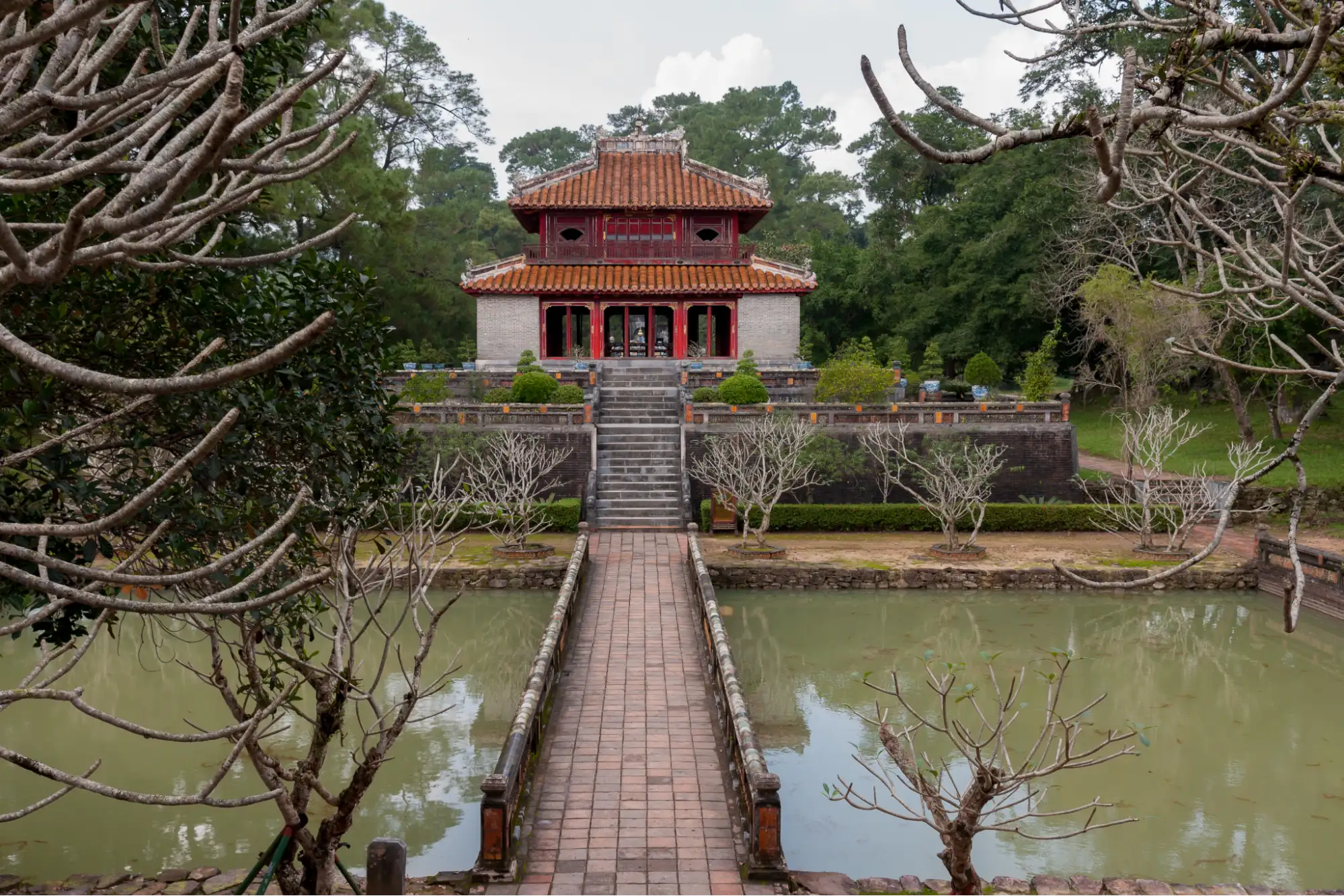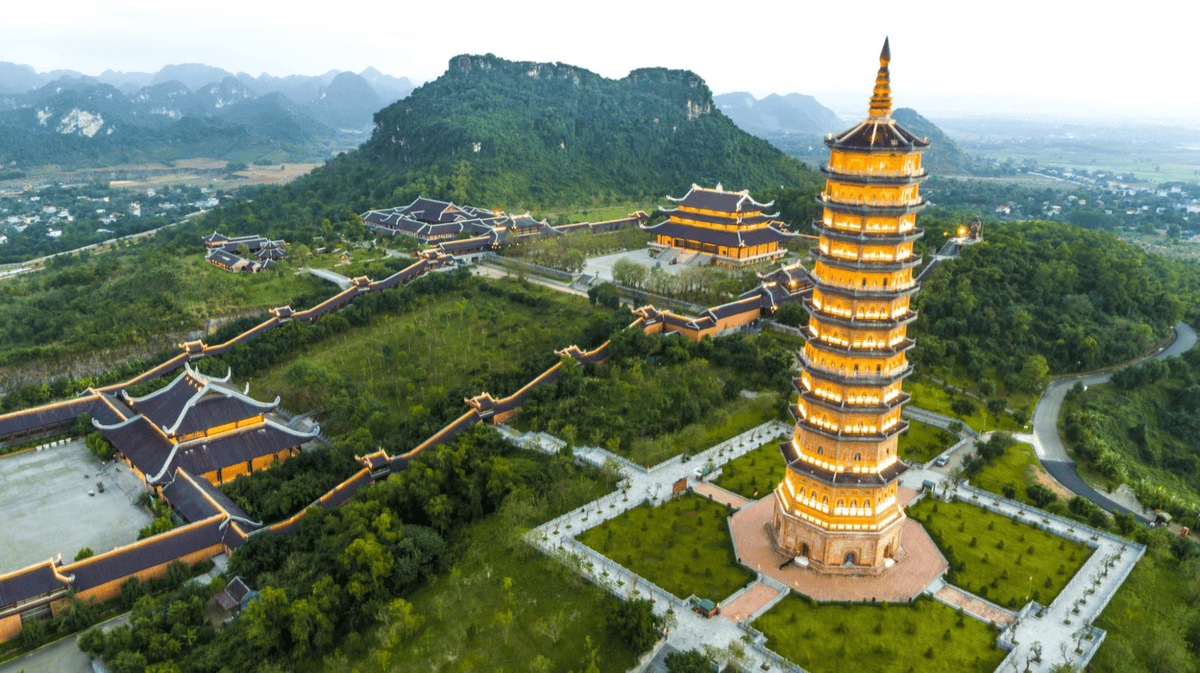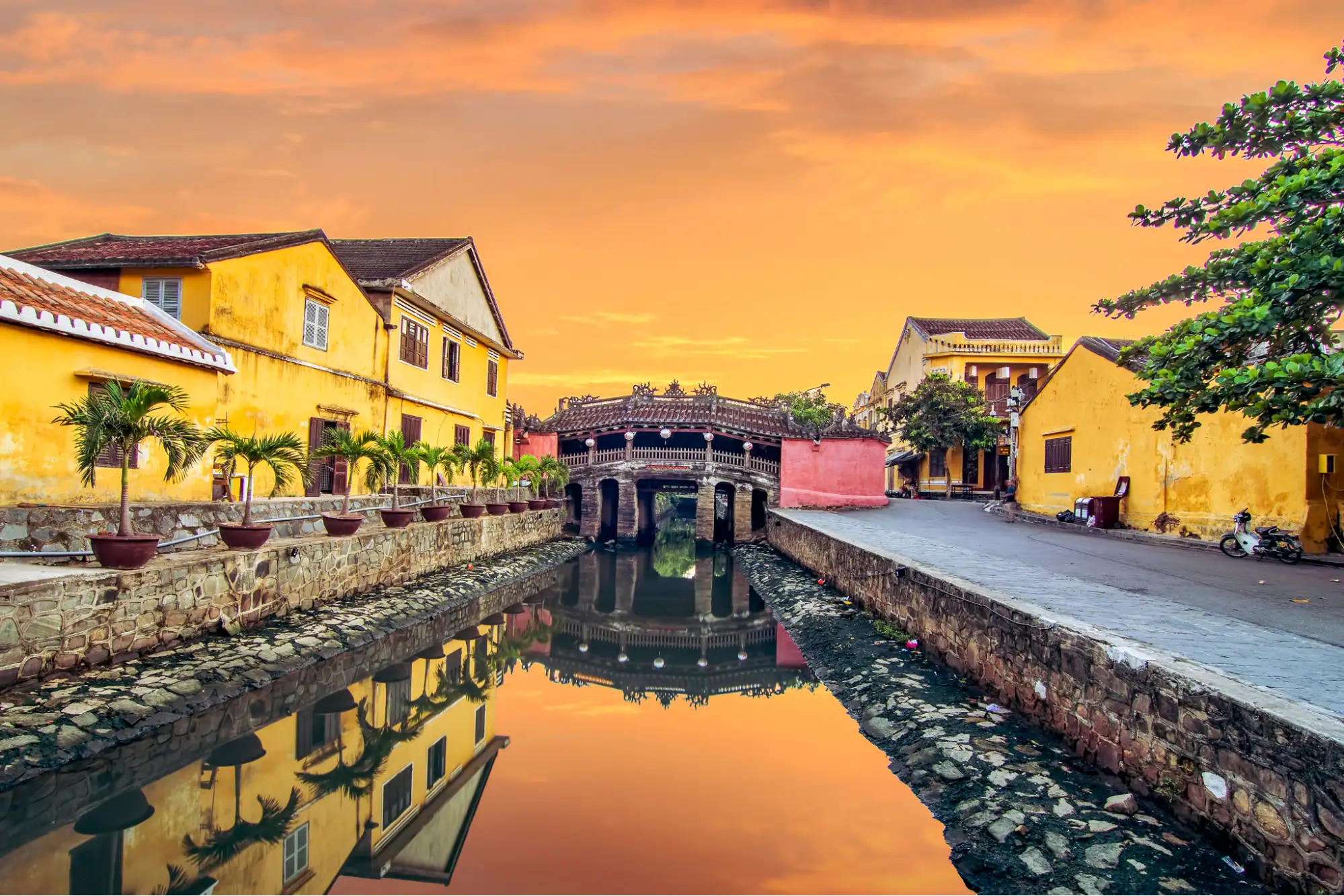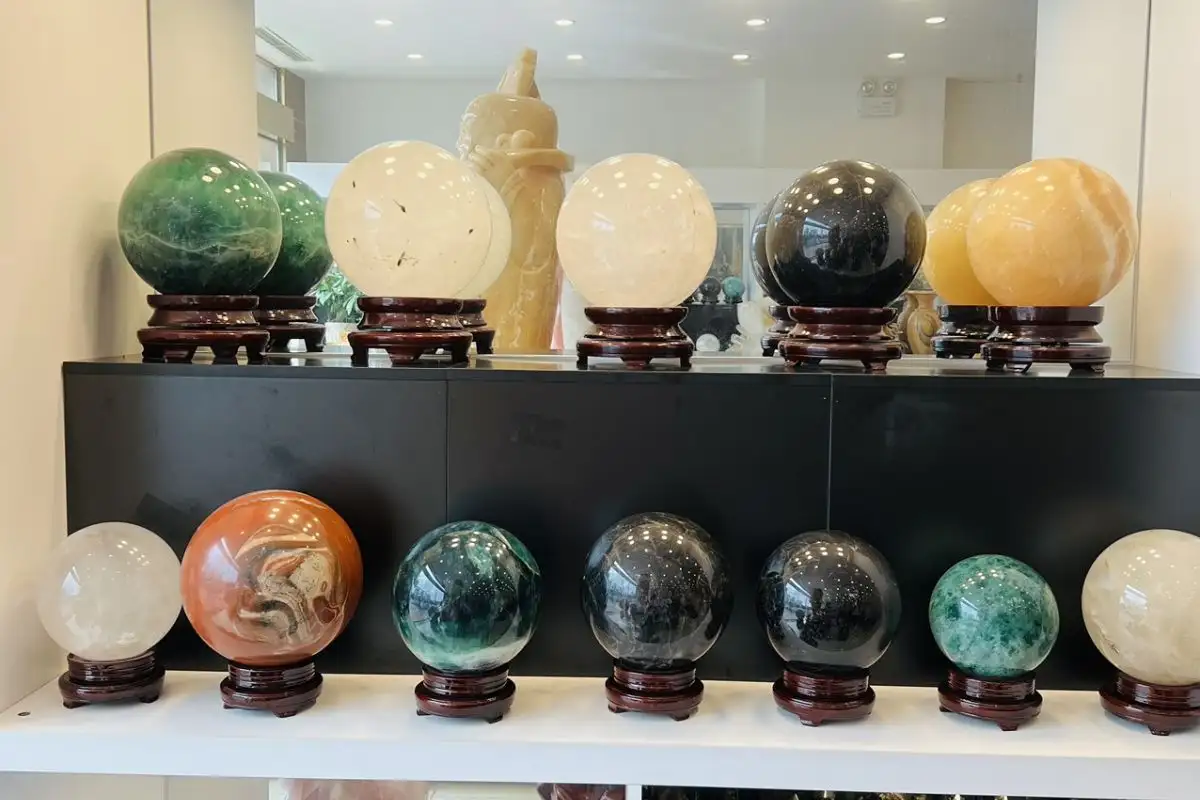Feng Shui Vietnamese Culture: Sacred destinations and travel beliefs you should know
Spiritual tourism is on the rise, and Vietnam is fast becoming a favorite for those seeking both spiritual meaning and stunning landscapes. In this article, we’ll take you through the most sacred destinations and cultural beliefs inspired by feng shui Vietnamese traditions, making travel in Vietnam a truly soulful and meaningful experience.
Feng Shui Vietnamese Culture
In Vietnamese culture, feng shui is not merely a spiritual concept. It reflects the belief in living in harmony with nature. From choosing the direction of a house to selecting the right time to begin a journey, feng shui Vietnamese traditions are woven into the daily routines of many people.

The feng shui Vietnamese tradition comes from ancient Chinese philosophy. Over time, it has blended with local beliefs and folk customs. This creates a unique Vietnamese way of using feng shui. Vietnamese people believe that good energy from the land brings peace and good luck. Many famous places in Vietnam follow feng shui rules. The Imperial City of Hue and Hoi An Ancient Town are good examples. These places were built on land with strong spiritual energy.
When you visit Vietnam, you will feel this balance between nature and human life. Understanding feng shui Vietnamese culture will help you see the country in a deeper and more meaningful way.
Read more: Central Vietnam itinerary 7 days: Explore nature, culture and cuisine
Sacred tourist sites with strong feng shui in Vietnam
Vietnam is home to many famous tourist destinations that were built based on the principles of feng shui. These places are not only visually stunning but are also believed to possess “good energy,” bringing luck, peace, and positive vibes to those who visit.
Hue Imperial City and the Nguyen Dynasty Tombs
When you arrive in Hue, you’ll instantly feel its serene and tranquil atmosphere. The Imperial City was built following classic feng shui principles: “resting against the mountain, facing the water.” With Mount Ngu Binh in the back and the Perfume River flowing in front, the entire complex reflects stability and longevity.
The royal tombs of the Nguyen emperors were also positioned following feng shui. Minh Mang’s tomb lies at the intersection of two rivers, symbolizing the convergence of power. Tu Duc’s tomb is surrounded by pine trees and lakes, creating a peaceful energy suitable for a poetic soul. Each site reflects the king’s life and personality through its spiritual placement in the land.

Interestingly, many of these tombs are located in secluded, shaded areas to retain energy and spiritual presence. Visitors often sense a serene, almost sacred stillness when wandering these grounds, especially in the early morning or twilight hours.
A trip to Hue is not only about history but about understanding how the Vietnamese once connected the human world with nature to build spaces of lasting balance and energy. It’s a meaningful stop for those seeking both reflection and reconnection.
Bai Dinh Pagoda (Ninh Binh)
Hidden among limestone karsts in Ninh Binh, Bai Dinh Pagoda is considered a prime example of a sacred location in Vietnamese feng shui. Nestled with its back to Ba Rau mountain and overlooking a wide lake, the pagoda occupies an auspicious site of “mountain sits – water faces”, believed to gather spiritual energy and bless pilgrims with peace and clarity.

The layout follows cosmic directions. Statues and temples are aligned East to West, mirroring the sun’s path and symbolizing life’s constant cycle. Curved paths and hills soften the energy flow, mimicking “dragon veins” – unseen pathways believed to carry vital energy through the land.
Many visitors are deeply moved by the echo of the massive 36-ton bronze bell in the bell tower. Its vibration is said to clear negative energy and help realign body and mind. During the spring festival season, tens of thousands travel here to pray for peace, luck, and career success.
Duong Lam Ancient Village
Just 50 kilometers from Hanoi, Duong Lam is a timeless village known for its preserved architecture and ideal village layout. Its winding roads, mossy gates, and earth-colored stone houses follow feng shui beliefs about energy flow and protection. The village is shaped like a dragon’s body, said to attract good fortune and peace.

Visitors often explore Duong Lam by bicycle, stopping at century-old homes, chatting with locals over green tea, visiting Mia Pagoda, and taking photos with sunlit laterite walls. The peaceful atmosphere and slow rhythm of life here make it the perfect retreat from the city’s fast pace.
Ba Den Mountain (Tay Ninh)
Ba Den Pagoda is located in a high and beautiful area, where mountains, rivers, and land come together. This is a good feng shui spot that brings in positive energy and protects the temple from bad influences. The pagoda faces east to catch the morning sunlight, which is believed to bring peace and good luck.

The layout of the pagoda follows feng shui rules. The space is open and airy, allowing energy to move freely. The buildings inside the complex are placed carefully so that everything feels balanced and calm.
Ba Den Pagoda is also linked to the legend of Ba Den, a local goddess who protects people and brings health. Many visitors come here to pray for peace, good fortune, and success. Inside the pagoda, you can find feng shui items like statues, lucky stones, and other sacred objects that visitors can pray to or bring home for protection.
Thien Mu Pagoda (Hue)
Perched on a hill by the Perfume River, Thien Mu Pagoda is one of Vietnam’s oldest and most iconic spiritual sites. With its back to the hills and face to the river, the temple fits the feng shui formula for attracting good energy and maintaining balance.
The seven-story Phuoc Duyen Tower stands tall like a spiritual axis connecting heaven and earth. Many visitors enjoy walking along the riverside path, listening to legends of a red-clad woman who prophesied the temple’s founding, or simply sitting under ancient trees, soaking in the stillness and scent of incense.
Hoi An ancient town
Just about 20 kilometers from Bliss Hoi An Beach Resort & Wellness, Hoi An Ancient Town is more than a charming destination with colorful lanterns. It is a place deeply shaped by feng shui, where people and nature have lived in harmony for centuries.

Hoi An sits at the meeting point of three rivers: Thu Bon, Hoai, and Tra Que. This “three-water convergence” is seen as a very lucky formation in Vietnamese feng shui. It gathers good energy, attracts wealth, and brings long-lasting prosperity. This is why Hoi An became a busy international port in the 17th and 18th centuries.
Another highlight is the structure of its old houses. These are long, narrow houses with yin-yang tiled roofs and open courtyards. They follow feng shui rules to welcome sunlight, let in fresh air, and block harmful winds. Many houses place a small wall called a “binh phong” at the entrance. It protects the home from negative energy and reflects the Vietnamese sense of spiritual protection.
The Japanese Covered Bridge, or Chua Cau, is a powerful feng shui symbol. Legend says it was built to trap a giant sea monster that caused floods and earthquakes. The bridge connects two quarters of the old town, symbolizing balance between yin and yang, past and present. Some believe that walking across the bridge brings peace of mind and lightens the spirit.
At night, Hoi An glows with lanterns. Each one carries a wish or a prayer. Many travelers release paper lanterns on the Hoai River to pray for peace, love, or simply send a quiet message into the universe. This act reflects a deep feng shui belief: let go of old energy to welcome something new and bright.
Common feng shui beliefs in travel among Vietnamese people
For Vietnamese people, the saying “respect the spiritual, avoid the unlucky” reflects a deeply rooted belief in daily life. That’s why when traveling, every detail is carefully considered through the lens of spirituality and feng shui.
Departing at the right time and in the right direction
Before starting a trip, many Vietnamese people check for auspicious dates and directions that align with their age and birth element. They believe that setting off during a favorable time and heading in the right direction will bring a smooth journey, minimize risks, and attract helpful people along the way. This is especially important for New Year trips or business travels.
Choosing destinations with good energy
Certain famous places in Vietnam are believed to sit on powerful dragon veins – areas where positive energy flows abundantly. These destinations are often located on high ground, near rivers or mountains, and surrounded by a harmonious balance of nature and human life. Visiting such places is thought to recharge one’s energy, bring peace of mind, and attract good fortune.
Visiting temples and sacred sites for peace and prosperity
Pilgrimage trips to temples, pagodas, or royal tombs are not only religious practices but also strongly tied to feng shui. Asking for blessings of peace, health, and success at sacred sites is seen as a way to connect with the universe and harmonize the inner self. These trips often happen during spring or transitional times of the year.
Carrying feng shui items while traveling

Many travelers carry small feng shui items such as agarwood bracelets, crystal stones, miniature gourds (ho lo), or small Pixiu (ty huu) figures. These are believed to provide protection from bad luck, strengthen inner calm, and attract good energy. Solo travelers or those venturing into remote mountainous areas tend to rely even more on these items for spiritual comfort.
Avoiding places with “heavy yin energy” for overnight stays
When choosing accommodation, people often avoid places rumored to have heavy yin energy, such as near cemeteries, accident sites, or areas dense with old trees. Though not always scientifically explained, feng shui suggests such places can disturb one’s personal energy, potentially causing bad dreams, sleeplessness, or a general sense of unease during the trip.
However, Vietnamese people are not too rigid when it comes to feng shui principles. Feng shui is simply a way to feel more at ease, rather than something they must strictly follow.
Read more: Museum of Folk Culture: A Famous Attraction in Hoi An
Feng shui is an essential element in the spiritual life of the Vietnamese people. It is present everywhere, from how houses are built, to choosing auspicious dates and times, to naming streets, rivers, or even the arrangement of spaces. Therefore, when visiting Vietnam, don’t forget to pay attention to these interesting and subtle feng shui details!








